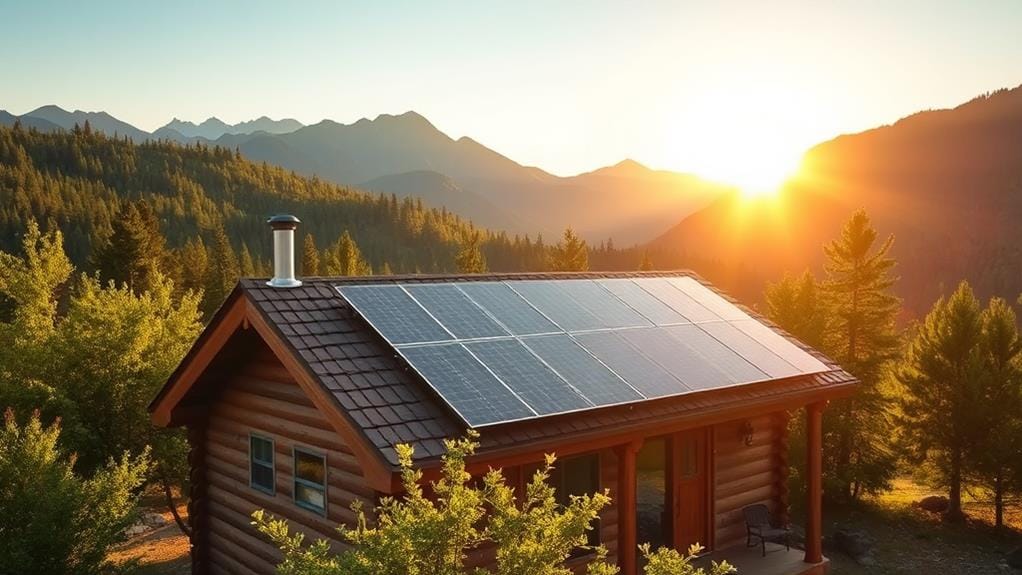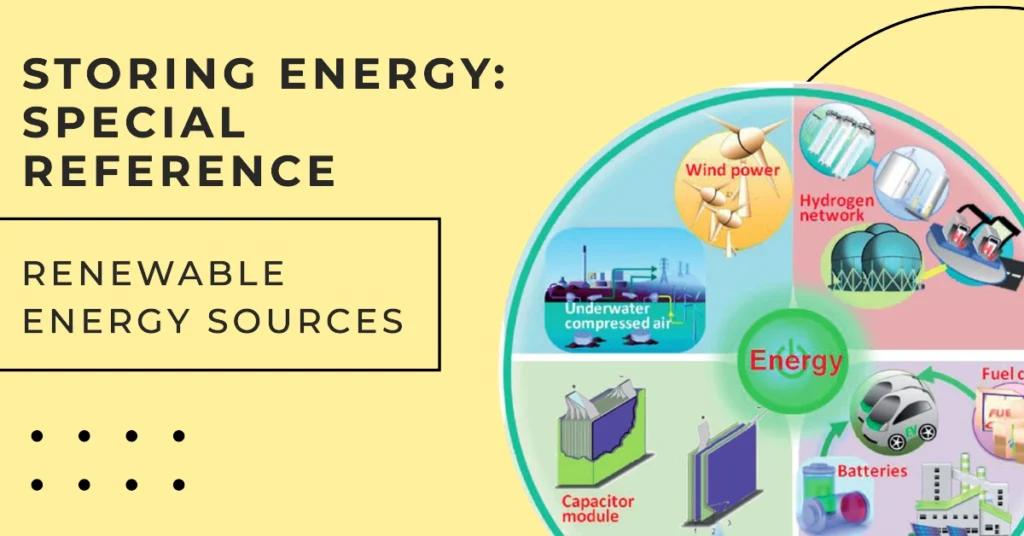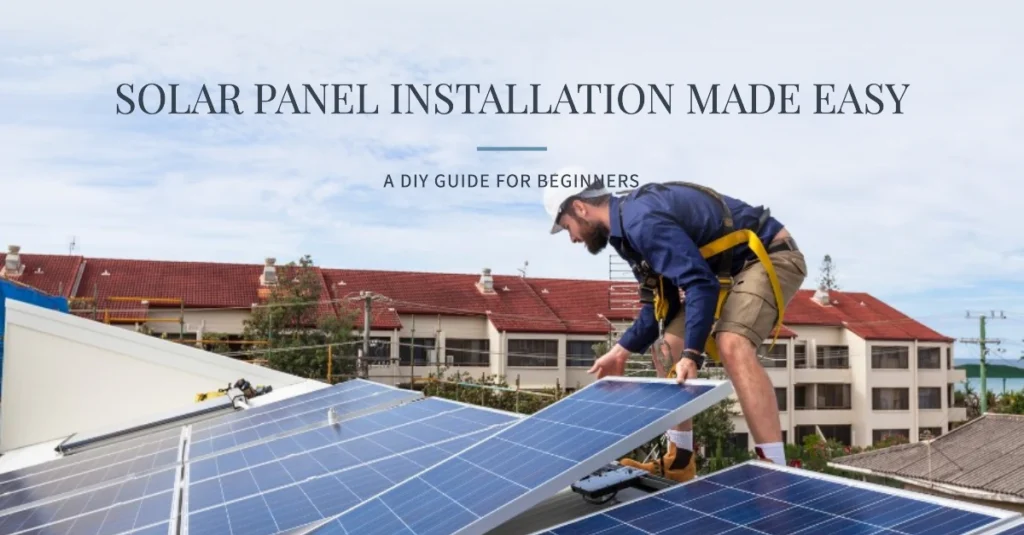When considering residential solar panel installation, costs typically range from $15,000 to $30,500, influenced by factors like system size, panel type, and local market conditions. For instance, a 5 kW system averages around $10,972, translating to about $2.19 per watt in Texas. Monocrystalline panels, known for their efficiency, cost between $1.00 and $1.50 per watt, while polycrystalline panels range from $0.90 to $1.50 per watt. Utilizing the federal solar tax credit of 30% can greatly reduce these expenditures, enhancing financial viability. To gain deeper insights, it’s beneficial to evaluate multiple quotes from vetted installers.
Key Takeaways
- Average solar installation cost in Texas is approximately $2.19 per watt, with typical residential systems ranging from $15,000 to $30,500.
- A 5 kW solar system typically costs between $9,326 and $12,618, averaging around $10,972.
- The federal solar tax credit allows for a 30% deduction on installation costs, significantly reducing the net expenses.
- Additional local incentives and rebates may further lower costs, with some Texas areas offering over $2,500 in rebates.
- Regular maintenance costs average between $140 and $180 annually, with additional expenses for cleaning and unexpected repairs.
Average Installation Costs Overview
When considering residential solar panel installation, understanding the average costs is vital for making informed decisions. In Texas, the average solar panel installation cost is about $2.19 per watt, with typical installation costs for a 5 kW solar system ranging from $9,326 to $12,618; the average price hovers around $10,972 before accounting for incentives. For a larger 6 kW system, we can expect total installation costs to be approximately $12,700, with residential systems often falling between $15,000 and $30,500. It’s important to recognize that the federal solar tax credit of 30% can greatly reduce the net cost of installation, making solar energy more accessible for us as homeowners, while also enhancing its financial viability in Texas.
Factors Influencing Solar Panel Prices

Understanding the costs associated with solar panel installation is just the beginning; several factors can greatly influence the final price we pay. The solar panel installation cost can vary greatly based on system size, with larger systems typically benefiting from lower per-watt pricing and increased tax credits, despite higher upfront costs. The type of panels we choose also plays a critical role, as monocrystalline panels may range from $1.00 to $1.50 per watt, while polycrystalline and thin-film options can be more affordable. Additionally, local market competition affects installation costs, and unique home characteristics, such as roof orientation and shading, can complicate installation, leading to increased labor expenses. Each of these factors contributes to the overall cost we’ll encounter.
Types of Solar Panels and Costs

When considering residential solar panel installation, we should first understand the types of solar panels available, as they vary greatly in efficiency and cost. Monocrystalline panels offer the highest efficiency, typically ranging from $1.00 to $1.50 per watt, while polycrystalline panels present a slightly lower cost, between $0.90 and $1.50 per watt. Thin-film panels, though less efficient, provide a more budget-friendly option with costs from $0.50 to $1.50 per watt, allowing us to explore a range of choices tailored to our energy needs and financial considerations.
Panel Efficiency Comparison
Choosing the right solar panel can feel overwhelming, especially with the variety of options available. Let’s break down the efficiency ratings and costs of the three main types of solar panels to help us make an informed decision.
| Panel Type | Efficiency Ratings | Average Installation Cost (for 6 kW) |
|---|---|---|
| Monocrystalline Panels | 17% – 20% | $6,000 – $9,000 |
| Polycrystalline Panels | 14% – 17% | $5,400 – $6,000 |
| Thin-film Panels | 7% – 12% | $3,000 – $4,500 |
Monocrystalline solar panels offer the highest efficiency and energy production potential, while polycrystalline panels provide a balance between upfront costs and efficiency. Thin-film panels, although less efficient, can be advantageous for specific applications, providing greater flexibility in solar system size and installation options.
Installation Cost Variations
As we explore the installation cost variations associated with different types of solar panels, it’s clear that prices can fluctuate considerably based on several factors. The average cost of solar panel installation in Texas is approximately $2.19 per watt, with total installation costs for a 5 kW system ranging from $9,326 to $12,618. Installation costs can vary due to system size, roof type, and local labor rates, with average total installation costs around $13,800. While monocrystalline panels, priced between $1.00 to $1.50 per watt, offer higher efficiency ratings, polycrystalline and thin-film options, costing $0.90 to $1.50 and $0.50 to $1.50 per watt respectively, may present lower upfront costs, albeit with diminished efficiency and shorter lifespans.
Types of Solar Panels
Solar panels come in three primary types, each with unique characteristics and costs that can considerably impact our decision-making process. Monocrystalline panels are the most efficient, achieving 17%-20% efficiency, with a cost per watt ranging from $0.75 to $1.50. Although they have higher installation costs, their long-term savings and superior energy output make them a compelling choice for many. Polycrystalline panels offer slightly lower efficiency, at 14%-17%, and are more affordable, costing between $0.40 and $0.80 per watt; they’re suitable for larger installations where space isn’t a concern. Finally, thin-film panels, with an efficiency of 7%-12% and a cost of $0.30 to $0.60 per watt, are less common in residential installations due to their shorter lifespan and lower energy output.
Financial Incentives and Savings

Numerous financial incentives and savings opportunities make residential solar panel installation an attractive investment for homeowners. The federal solar tax credit offers a substantial 30% deduction on installation and equipment costs, considerably reducing our overall investment. Additionally, local incentives can further diminish installation costs, with some regions in Texas providing rebates that save us $2,500 or more. With an estimated payback period of about 6.18 years for a typical 5 kW solar system, we could see total savings of approximately $85,327 over 25 years. Financing options like $0-down loans, solar leases, and power purchase agreements allow for immediate access to solar energy, while also potentially increasing our property values by an average of 4%, enhancing our investment even further.
Shopping for Solar Installers

When we’re shopping for solar installers, obtaining multiple quotes is vital, as it not only guarantees we receive competitive pricing but can also lead to significant savings, sometimes up to 20%. Utilizing platforms like EnergySage allows us to access a marketplace of vetted installers, which enhances our confidence in the quality and reliability of their services. Furthermore, we must prioritize transparency in pricing practices, thoroughly inquiring about all potential costs, including any hidden fees and available financing options, to make an informed decision.
Importance of Multiple Quotes
Getting multiple quotes from different solar installers is vital for homeowners looking to make informed decisions about their solar investments. By obtaining these quotes, we can guarantee competitive pricing and gain a clearer understanding of the installation costs associated with solar panel installation. Utilizing platforms like EnergySage allows us to compare quotes efficiently, potentially saving us up to 20% on installation costs. Additionally, as we evaluate different solar companies, it’s important to reflect on warranty offerings, customer reviews, and the specific financial incentives available in our region. This all-encompassing approach builds consumer trust, empowering us to choose the right installer based on transparency and quality, ultimately enhancing our solar investment experience.
Vetted Installer Marketplace
In today’s market, finding the right solar installer can feel overwhelming, but a vetted installer marketplace simplifies the process. By using platforms like EnergySage, we can compare multiple solar quotes from pre-screened local vetted installers, which can potentially save us up to 20% on solar panel installation costs. Obtaining various quotes guarantees we benefit from competitive pricing while gaining insights into reliable options for our installation needs. These vetted installers are rated based on customer reviews, enhancing consumer trust in their service quality. With transparency in pricing and resources available, we’re empowered to navigate the solar installation process confidently, making informed decisions that align with our energy goals and financial considerations.
Transparent Pricing Practices
Finding a reliable solar installer is only part of the equation; understanding their pricing practices is equally important. When we shop for solar installers, we should prioritize transparent pricing to guarantee clarity regarding our overall investment. Here are key elements to contemplate:
- Obtain multiple solar quotes to compare installation costs and secure competitive pricing.
- Look for detailed breakdowns of equipment, labor, and any additional fees to enhance consumer trust.
- Inquire about local incentives and rebates that can markedly reduce overall costs.
- Choose vetted installers through platforms like EnergySage, which emphasize quality service and transparent pricing.
Additional Costs and Maintenance

Regularly, homeowners should consider the additional costs and maintenance associated with residential solar panel systems. While solar panels typically come with robust warranties of about 25 years, it’s crucial to budget for annual maintenance costs, which range from $140 to $180. Cleaning expenses, averaging around $150 per session, guarantee peak efficiency, while tree trimming services, costing between $250 to $700 per tree, may be necessary to prevent shading. Unexpected repairs not covered by warranties can also arise, emphasizing the significance of setting aside funds for potential maintenance and repair needs. By prioritizing regular maintenance, we can enhance the longevity and efficiency of our solar systems, making them a worthwhile investment in our energy future.
Long-Term Financial Benefits

While many may initially hesitate to invest in solar panels due to upfront costs, the long-term financial benefits can far outweigh these concerns. By considering the potential of solar panel systems, we can appreciate how they contribute to our financial future:
- A federal tax credit of 30% considerably reduces installation costs.
- The average savings on electricity bills can reach $1,531 annually after the payback period.
- Homeowners can expect a payback period of approximately 7.5 years.
- Solar panel systems can increase property value by about 4%.
Over 25 years, we could save between $28,000 and $120,000, depending on our location and energy consumption, making solar a wise investment with substantial long-term savings and financial benefits.
Best Practices for Solar Investment

After recognizing the long-term financial benefits of solar panel installations, it’s important to contemplate best practices for making the most of our investment. By following these guidelines, we can optimize our solar investments effectively.
| Best Practice | Description | Benefits |
|---|---|---|
| Obtain Multiple Quotes | Get estimates from various vetted installers | Guarantees competitive pricing |
| Leverage Federal Tax Credit | Utilize the 30% reduction on installation costs | Reduces upfront costs |
| Explore Local Incentives | Research available rebates and incentives | Additional savings |
| Assess Payback Period | Understand the 6.18-year payback for a 5 kW system | Evaluates financial viability |
| Engage Vetted Installers | Choose reliable service providers | Maximizes investment quality |
Frequently Asked Questions
Is Solar Really Worth It?
We’re convinced solar’s a game-changer! With solar savings, energy independence, and government incentives, we can embrace a brighter future. The installation process is smooth, and long-term benefits outweigh maintenance costs. Let’s join the solar revolution together!
Do Solar Panels Add Value to a House?
We believe solar panels definitely add value to a house! With energy savings, installation incentives, and tax benefits, they appeal to homebuyer preferences, enhance resale value, and align with market demand, all while positively impacting the environment.
What Cost Is Involved in Installing Household Solar Panels?
When considering household solar panels, we should explore the installation process, financing options, and maintenance costs. Plus, understanding panel types, tax incentives, and local regulations can enhance our energy savings and environmental impact over the system’s lifespan.
How Much Is a Solar System for a 2000 Sq Ft House?
When we explore solar systems for a 2,000 sq ft home, we consider solar panel types, installation process, energy savings, and financing options. Together, we can navigate local regulations and enjoy the environmental impact.









